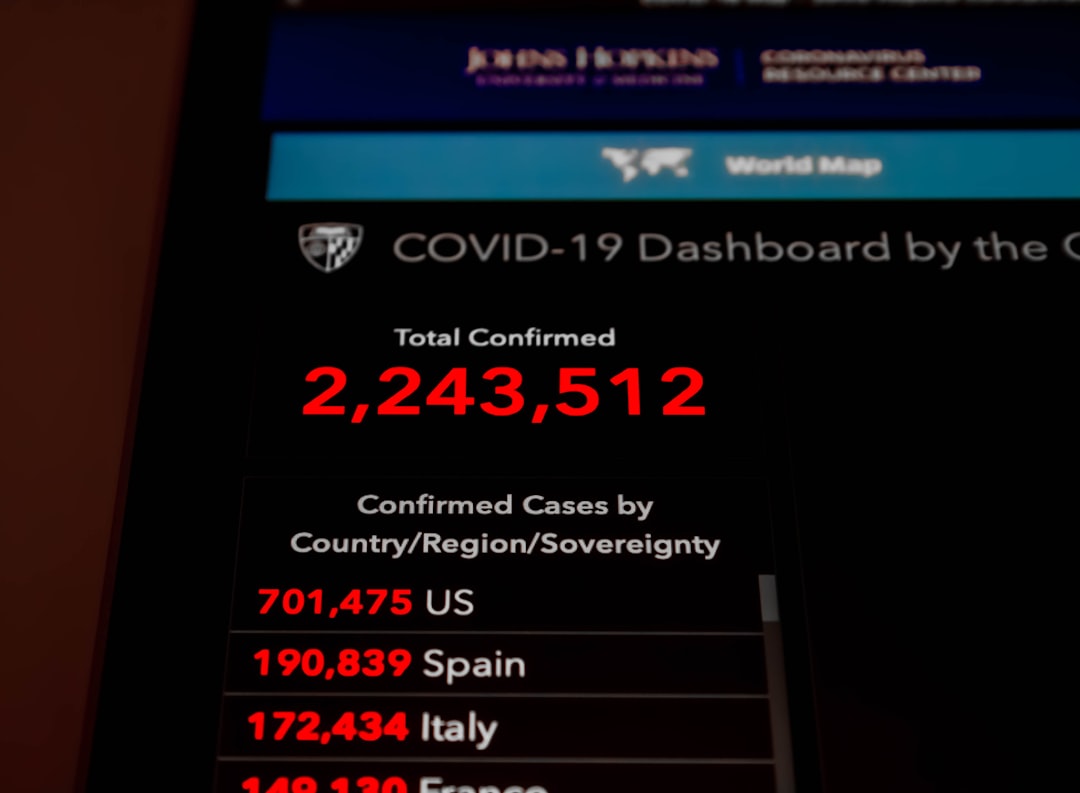What is it about?
The fruit fly Drosophila melanogaster has been instrumental as a model to identify factors, such as the transmembrane receptor Toll, that regulate innate and adaptive immune responses in mammals. A constitutively active mutant form of Toll will artificially activate a cellular immune response in Drosophila larvae, mobilizing blood cells that enter circulation. Crossing this Toll mutant to a collection of fly stocks, each harboring a single genomic deletion, we could identify five genomic regions that suppress the Toll phenotype when deleted, and whose normal function is required for the mobilization of sessile blood cells. We could further trace this effect to at least three individual genes, rab23, headcase and immune response deficient 1 (ird1). The ird1 gene is known to affect antimicrobial peptide production in the fat body. Here we could show that ird1 is also required in blood cells to control their proliferation, differentiation and melanization reactions. In both tissues, the function in immunity may be directly related to the known role of ird1 in intracellular vesicle formation. In particular, we show that blood cells lacking ird1 fail to spread on an artificial surface, indicating that normal vesicle formation may be crucial for blood cell motility.
Featured Image
Read the Original
This page is a summary of: Genetic Screen in Drosophila Larvae Links ird1 Function to Toll Signaling in the Fat Body and Hemocyte Motility, PLoS ONE, July 2016, PLOS,
DOI: 10.1371/journal.pone.0159473.
You can read the full text:
Contributors
The following have contributed to this page










